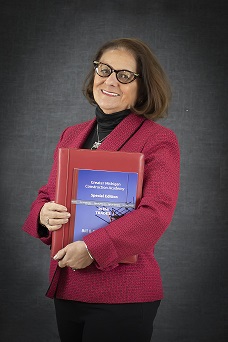World-Class Teamwork
 Saturday, August 14, 2010 at 01:05PM
Saturday, August 14, 2010 at 01:05PM Neil S. Buckholtz deserves everybody's thanks. This chief of the Dementias of Aging Branch at the National Institute on Aging dared to think of a world where a problem "...was important enough to get people to work together and coordinate in a way that hadn't been possible before." That problem was Alzheimer's. In a wonderful example of how creative ideas pop up in unlikely places (like, for example, the shower), he was struck by the notion as he drove with a longtime scientist friend to an airport in 2003. Seven years later, an unprecedented collaboration among public health agencies, drug and medical-imaging companies, universities, foundations, non profits and veterans' hospitals has provided promising research on biological markers that show progression of the disease on the brain. The diagnostic use of PET scans and spinal taps, as well as drug trials, are underway.
The compelling motivation to collaborate was the daunting challenge the stakeholders faced individually. As one researched explained it, "...we all realized we would never get biomarkers unless all of us parked our egos and intellectual-property noses outside the door..." This model is now the basis for a project tackling Parkinson's disease, sponsored by the Michael J. Fox Foundation.
Having witnessed the power of self-managed teams, I am thrilled to see people come together for a common good. Is it too much to hope that Neil Buckholtz's "aha" moment can become contagious?
Source article: NYT, 08/13/2010











 I am honored to win the 2016 Community Media Rika Welch leadership award for community impact; a testimony to the Guests who shared their stories on MidLIFE Matters. In addition, an 2018 interview I did with Judith Altmann, a Holocaust Survivor, won an award. In 2020 and 2021 two other awards acknowledged the content of interviews dealing with Child Sex Trafficking in CT and Non-Profit leadership. In 2023 MidLIFE Matters won First Place for a Profile Talk Show.
I am honored to win the 2016 Community Media Rika Welch leadership award for community impact; a testimony to the Guests who shared their stories on MidLIFE Matters. In addition, an 2018 interview I did with Judith Altmann, a Holocaust Survivor, won an award. In 2020 and 2021 two other awards acknowledged the content of interviews dealing with Child Sex Trafficking in CT and Non-Profit leadership. In 2023 MidLIFE Matters won First Place for a Profile Talk Show.